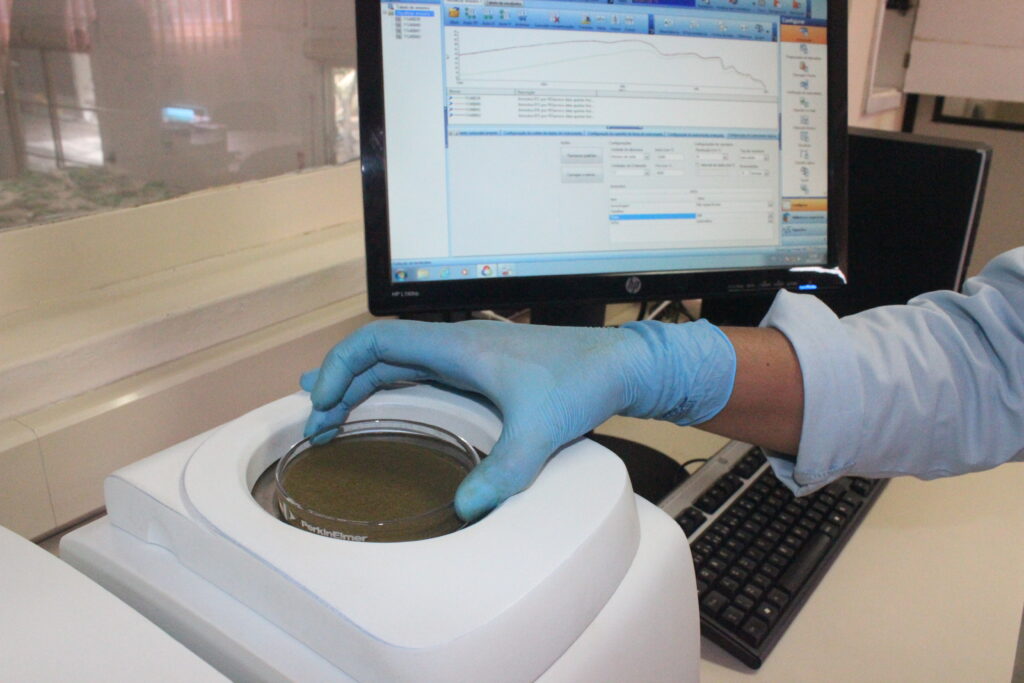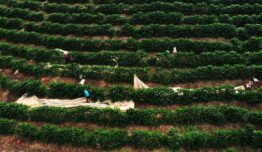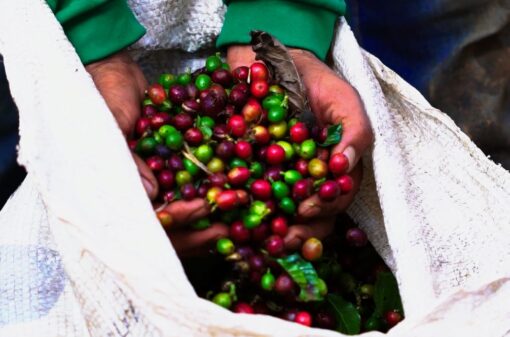
Key challenges for coffee farmers
Hub do Café presents the current key challenges and points of attention for coffee farmers, according to an Agronomist
The Agronomist Eduardo Renê Cruz, Cooxupé’s Coordinator of Technical Development of Members, has spoken to Hub do Café about the key challenges for coffee growers in Brazil.
Being a rural producer means to co-live, and chiefly, to know how to cope with uncertainty. Thus, despite the efforts, farmers don’t have total control of all factors.
For instance, imagine a business running 24/7, uninterruptedly, without any vacation period or guaranteed revenue.
The life of a coffee farmer fits this example. In addition, farmers are under all weather-related hardships (warmth, cold, and drought), and they’re also supposed to sell their products at market prices, no matter if such prices cover their costs of production.
In other words, our daily coffee goes through lots of obstacles to reach our cups. The farmers are always involved. Whether directly or indirectly, coffee growers are affected somehow.
The 5 key challenges for coffee farmers:
1- The Weather
Eduardo: Currently, the greatest challenge is in weather-related setbacks to plantations. Specially for Arabica coffee, which is more sensitive to high temperatures, cold and frosts.
The leaves may burn when intensively exposed to the Sun. On the other hand, productivity is hindered if the trees are too long under shades or cloudy sky. Low solar radiation affects the development of the beans.
Seemingly, the plants don’t tolerate excessive water. Dry periods are also harmful to yield. The ideal rainy period would be between flowering and maturation of the fruits. The occurrence of rain during the harvest period spoils quality, though.
Therefore, the greatest challenge for coffee farming is the need for temperate weather. Without extreme temperatures, with sun and rain in the right season, in the ideal amount.
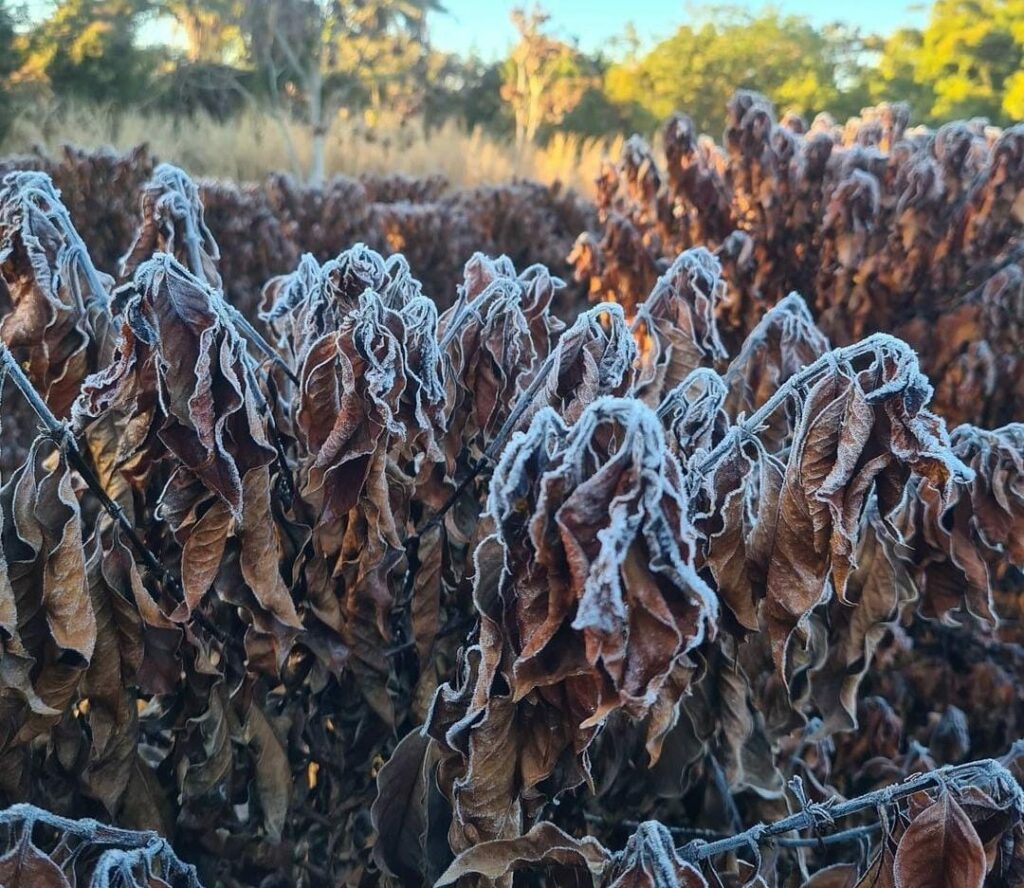
2- Market
Eduardo: The second of the greatest key challenges is profitability. Every business must primarily produce profit. The farmers love to produce coffee. But solely loving the activity is not enough, right? Firstly, it’s necessary that the business return profits to be sustainable.
In this regard, a good revenue is necessary. And it depends on productivity, which is the production per area (bags/hectare). It also depends on the price of coffee, determined by the market.
Productivity depends on the weather. It is also related to the use of ag inputs in the crop. And such costs are determined by the market too. For instance, the pandemic and the conflict in Ukraine have recently pushed the prices of fertilizers, raising the costs of production.
So, buying ag inputs for adequate prices, and selling coffee for good prices are basic for the coffee farmer to succeed. Such factors are directly linked to market.
It’s important to remember, however, that producing good coffee is key to getting better pricing.
3- Workforce
Eduardo: The third challenge is workforce. Great part of coffee crops is located at mountainous regions, where working with machines is more difficult.
In many crops, for instance, the job is performed manually, from planting to harvesting. Year after year, finding workers for the activity has been more difficult and more expensive. Such scarcity has been pushing up the costs of workforce.
Thus, many coffee farmers have been opting for machines as mowers (used to cut off weeds) and tree-shakers (used to pick coffee). Besides, terraces are built between towpaths (space between lines of coffee trees) to allow machine picking. Some technologies like spraying crops with drones has also been popular among coffee farmers.
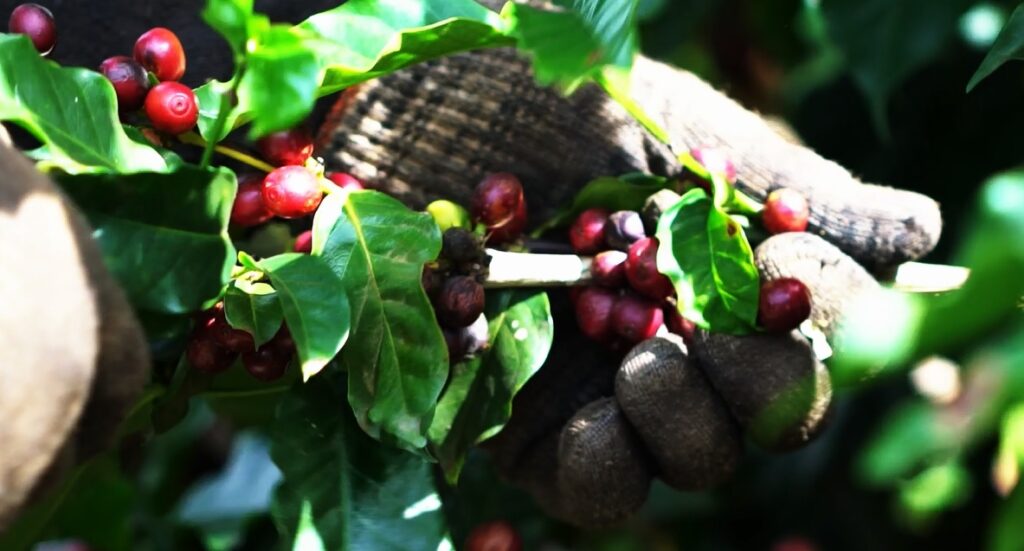
4- Phytossanitary management
Eduardo: As well as people and animals, plants also suffer with insects, worms and diseases. Coffee trees may be under threat of insects like the Berry Borer Beatle (Hypothenemus hampei), and the Coffee Leaf Miner (Leucoptera coffella). Also, mites, cicadas, and other pests may cause damage to coffee trees.
Worms that affect coffee trees are known as Nematodes. They attack the roots and may cause the death of plants. The main diseases that occur in coffee plants are the Leaf Rust, Brown-eye-spot (Cercosporiose), Phoma spot (caused by fungi), and Bacterial spot (Mancha aureolada).
For a long time, the main method to control pests and weeds had been chemical control, by the use agrochemicals to help treating the plants. Yet coffee market has been progressively demanding about food safety. Thus, reducing the quantity of such products on the crops is mandatory.
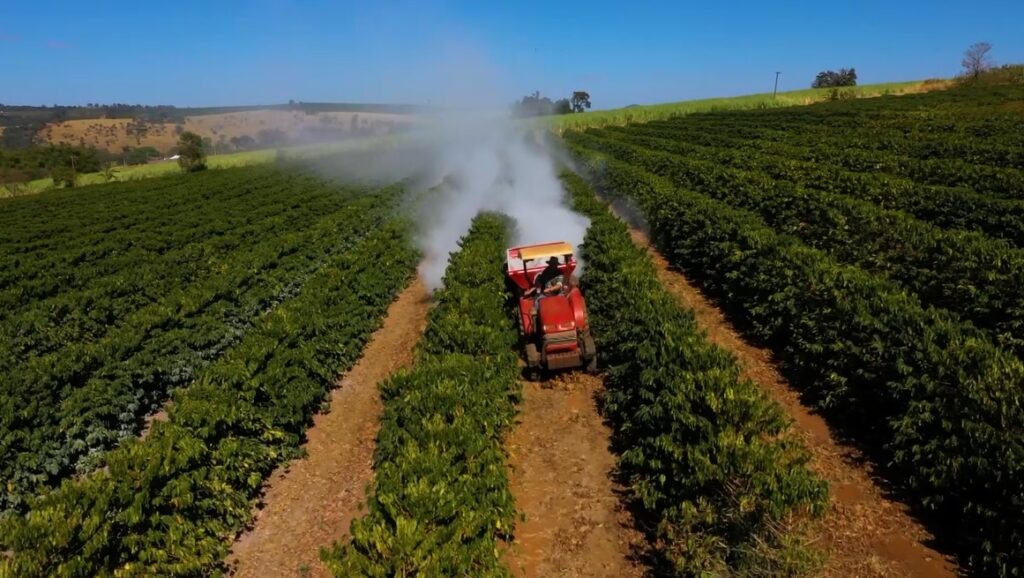
And, in order to meet the needs, coffee growers have been applying strategies like: biological products; microorganisms that help controlling pests and diseases; traps to capture insects; leaf rust-resistant cultivars, and balanced nutrition to reduce the occurrence of Brow-eye-spot, Phoma spot, and Bacterial spot.
3- Crop Nutrition
Eduardo: Lastly, adequate nutrition is one of the key challenges at the crops. Coffee trees need, specifically, 16 essential nutrients to evolve and produce well.
Some of such nutrients are abundant in the air and soil. Though, some others must be provided in ideal amount. In order to know what volume of each nutrient is necessary, soil and leaf analysis are essential.
Then, from the result of the analysis, the technician or agronomist will calculate the amount of nutrients to be applied. In conclusion, the analysis along with the technical prescription are substantial for the correct nutrition of plants, and for not having unnecessary costs with fertilizers.
